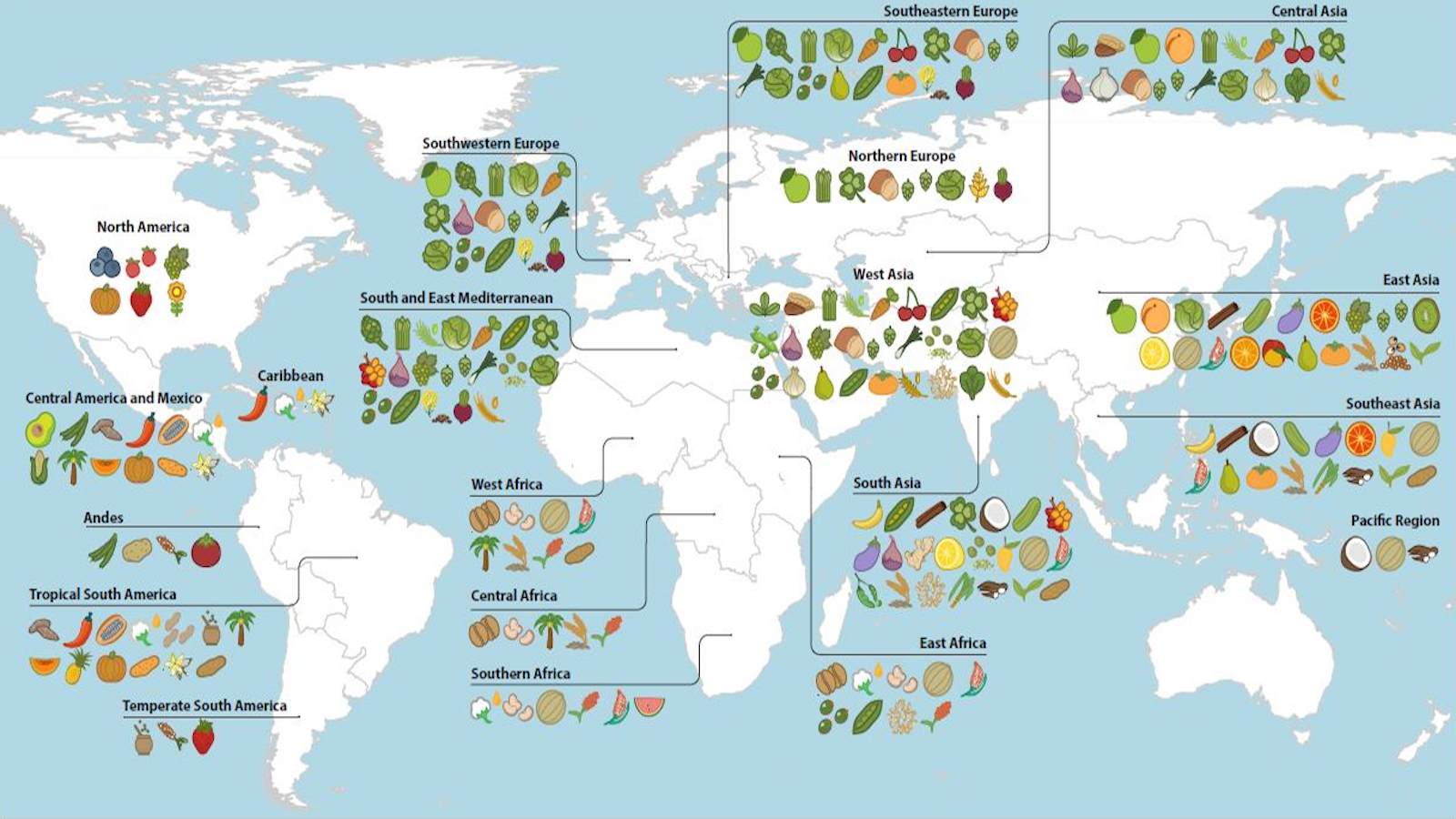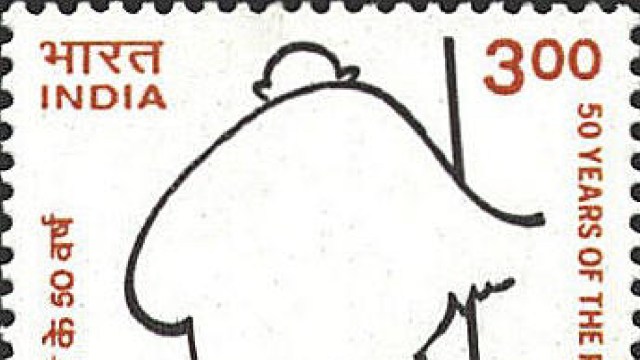377 – Planet of the Grapes

n
What a great way this map is to present global levels of wine consumption (red wine, 2006). A shame there’s no legend to provide context (by way of litres consumed per country, a ranking and a bit of explanation).
n
Why did the Luxembourgers consume such an inordinate amount of red wine in 2006? Was it the Grand Duke’s jubilee, perhaps? Or did the local, tiny wine industry have a bumper crop in 2005? And why is Brazil so tiny by comparison? Doesn’t the South American giant have a wine industry of its own? Or at least a wine-drinking culture – it’s hard to imagine the laid-back Brazilians not having one.
n
But what do those numbers mean? If this is litres per head per year, then those Luxembourgers haven’t exactly been swilling in the stuff, and the 0,17 litres ingested by the Brazilians suggests far too much sobriety than they can be suspected of.
n
All this graph/map teaches us, therefore, is relative wine consumption. Apart from the aforementioned Grand-Ducals (who seem to be world champions), other red wine aficionados appear to be the French (unsurprisingly), the Italians (also no shock there), followed by the Portuguese, the Swiss (bet you didn’t think of them), the Croatians, the Spanish, the Danish, the Austrians, the Greeks, the Argentinians, the Georgians (the Sakartvelo kind obviously, not those of Atlanta and environs) and the Hungarians.
n
Left behind by a whole slew of middle-tier red wine consumers are tiny drinkers such as the Polish, Paraguayans, Russians, Bosnians, Japanese, Lebanese, Estonians, Israelis and Kazakhs. Some of the more striking conclusions:
n
- n
- red wine consumption can vary hugely between neighbouring countries. Paraguay is a tiny consumer, Uruguay a huge one. Maybe the latter has a wine industry while the former hasn’t?
- then again, Chile has a well-known viticultural sector, but is a tiny consumer. Maybe because all the stuff is exported? Other countries with a history of, or at least the appropriate climate for wine-growing are also conspicuously small consumers.
- Germany is a huge wine country, but an average red wine consumer. Do Germans prefer the white variety?
- Low red wine consumption should not be equated by low alcohol consumption per se. Local alcoholic drinks might simply have a bigger hold on the market. Russia, for example, consumes a tiny amount of red wine per capita. Which cannot be said of the amount of wodka.
n
n
n
n
n
A final note on the sonorous quality of the Portuguese language. Doesn’t Cazaquistao sound fantastically exotic, and even more so than Kazakhstan already does? Portuguese, the other Iberian language, is dwarfed by Spanish, which has 350 million speakers worldwide. That is not to say that Portuguese isn’t a world language in its own right, both in numbers (190 to 230 million, largely thanks to Brazil’s 196 million) and global reach (the Lusophone community numbers 8 countries on 4 continents, among which the world’s second-newest nation, East Timor).
n
Many thanks to Brazilian graphic designer Alexandre Suannes for sending in this map, which he produced for Expand, a wine producer/importer in Brazil.
n





